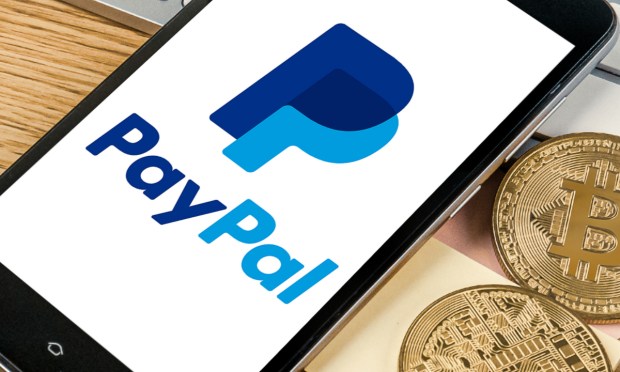PayPal USD Debuts as Stablecoin’s Role in Commerce Remains Uncertain

PayPal’s introduction of a U.S. dollar-pegged stablecoin opens the door to a wider discussion of where the digital offerings’ place lies within commerce.
As has been reported, on Monday (Aug. 7), the company launched the stablecoin, to be issued by Paxos Trust, in a bid to, in the words or CEO Dan Schulman, “contribute to the growth of digital payments.”
In terms of the mechanics of the issuance and the stablecoins themselves, the PayPal USD will be backed by liquid assets including U.S. Treasurys and will peg the value 1:1 to the U.S. dollar. Users will be able to transfer PayPal USD between PayPal and compatible external wallets, send P2P payments using the currency, and fund purchases with PayPal USD by selecting it at checkout.
With those use cases, we note, there lies the premise of bringing stablecoins more widely into the mainstream. Stablecoins, generally speaking, have been used to trade on crypto exchanges, where fiat is used to buy a stablecoin, the stablecoin is used to buy or trade cryptos (and the activity can occur across exchanges), sans the friction (and fees) of bank settlements.
The Promise of Stability?
The conventional wisdom is that by fixing the stablecoin to the U.S. dollars (or, specifically, a basket of U.S. holdings) the stablecoins are, well, stable.
But the past several months and years show that on occasion, some stablecoins have managed to “break the buck” and fall below that dollar peg.
Moreover, the regulatory picture for stablecoins is far from firmly etched. Earlier this year, the U.S. Securities and Exchange Commission (SEC) issued Paxos a Wells Notice to cease minting the Binance USD stablecoin. And in the wake of that action, as new issuance was suspended, investors drained billions of dollars out of the stablecoin.
There are other examples of recent forays into the stablecoin realm, and from the private sector. JPMorgan Chase has launched euro-denominated transactions for corporate clients with its blockchain-based JPM Coin.
Ecosystem in Place
For PayPal, the fact that an ecosystem is already firmly entrenched means that there may be a wider path for stablecoins to make inroads into commerce, moving beyond a status of an “onramp” into crypto. In our own coverage of the company’s earnings last week, there’s been increasing use of that ecosystem, globally. The data show that the number of transactions grew by 10% to 6.1 billion, with activity marked across 400 million active consumer accounts, up 0.4% year over year, and 35 million active merchant accounts — and the transactions per average active account gained 12% to more than 54 transactions.
Venmo transactions surged 8% to $67 billion, and so it may be the case that P2P payments give rise to stablecoins. It must be noted that PayPal USD is being rolled out in the states, and Venmo is confined to the U.S., too (tied to bank accounts), so the payment option exists within the confines of but a portion of the PayPal ecosystem at checkout.

